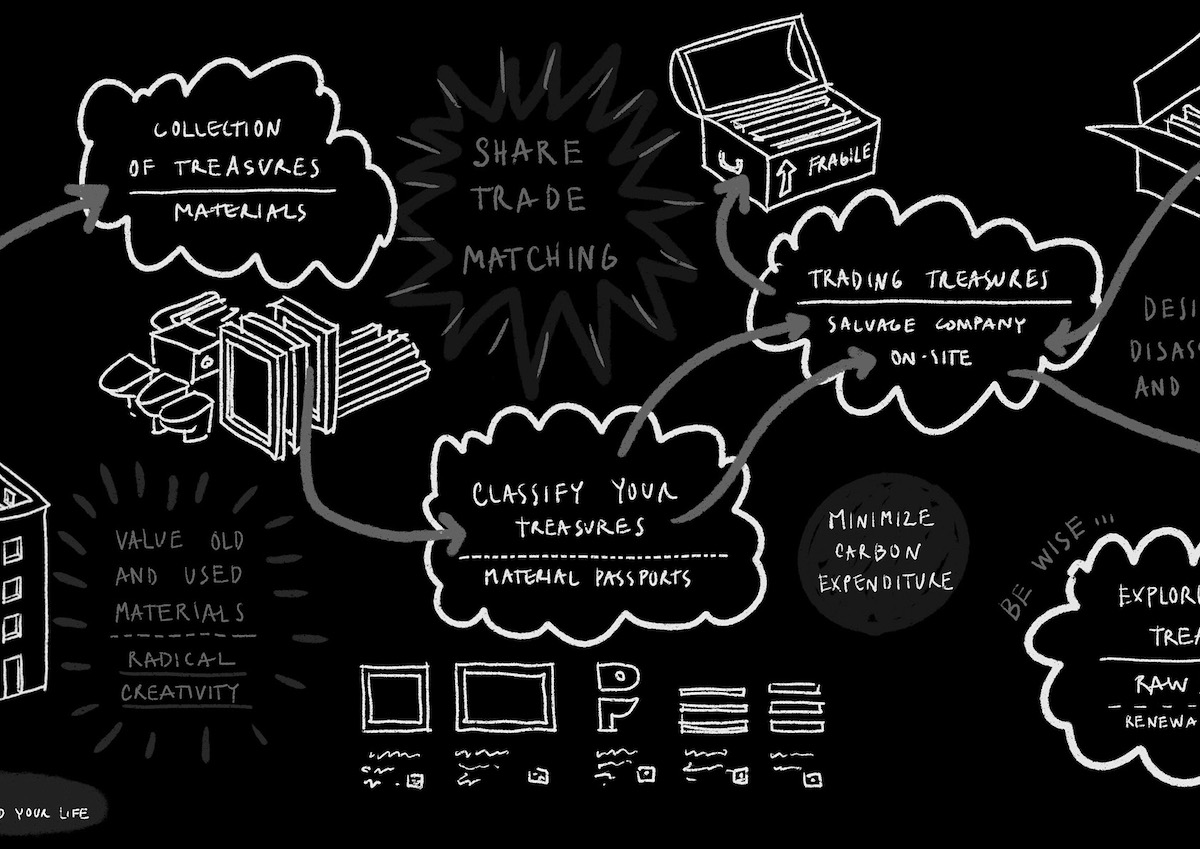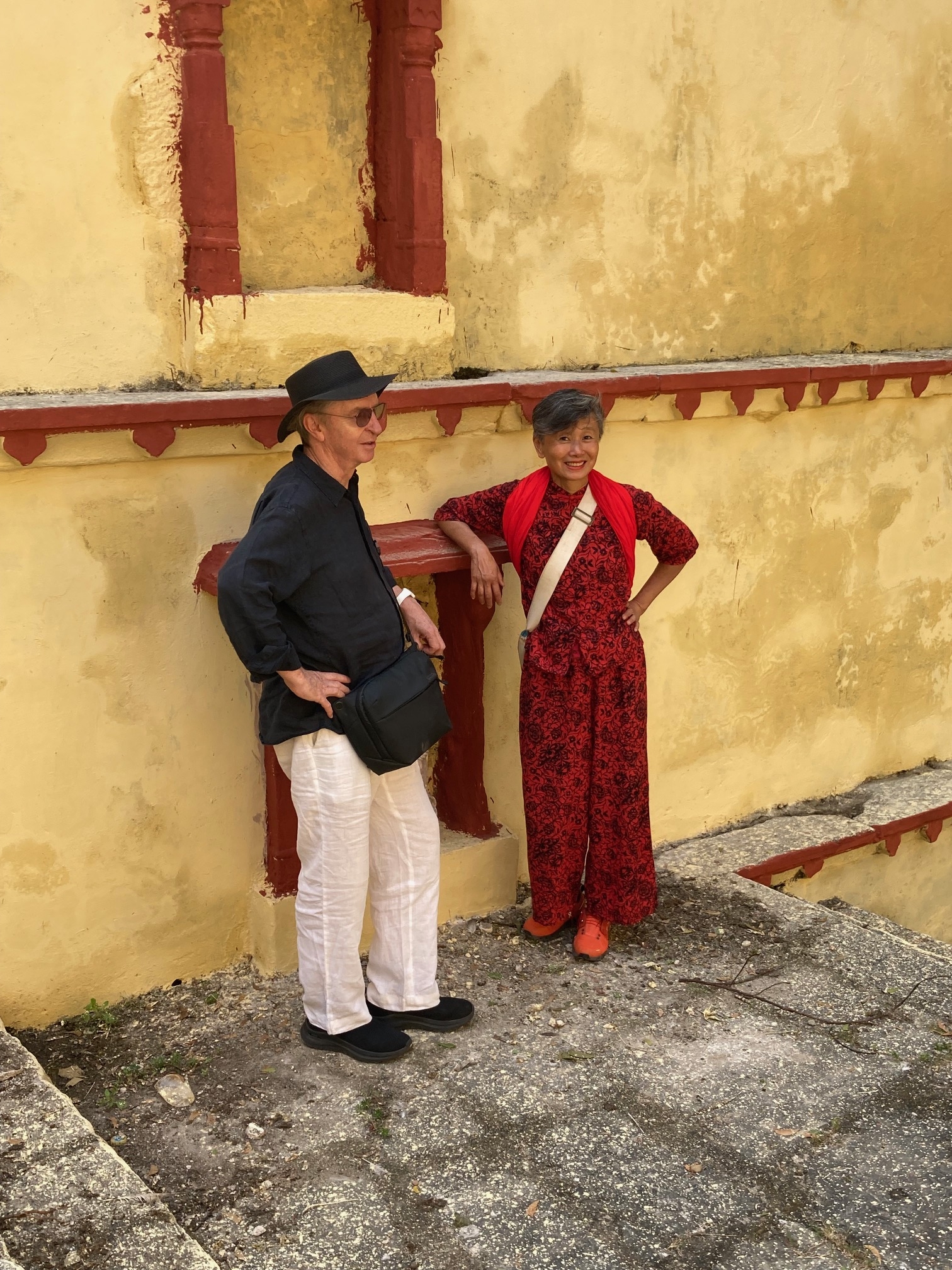Full immersion in Ted Cullinan’s ethos left a lasting impression, recalls Sasha Bhavan

One of the first things I heard Ted Cullinan say was “Come and see this, Mervyn”, while handing me a glass of sherry. His eccentric uncle Mervyn Horder had a desk in the corner of the office and Ted thought that, as a publisher, he would be interested in my dissertation. I had recently completed Part II and was invited for a ‘we don’t have a job but come and show us your work anyway’ visit. The practice and its ethos seduced me. A few months later I was asked to join.
This was the 1980s and Edward Cullinan Architects was a place of building and experiment, with ambitious, remarkable people and a culture of learning, sharing and respect. Everyone was a partner, decisions were made by consensus not majority or dictate, and pay percentages were agreed together (no-one earned more than three times the lowest-paid member). We worked with, not for, clients and each other, and discussed the ethics of projects before accepting them. We got our hands dirty and built, to gain an understanding of what we asked of builders and the possibilities of materials. This was idealistic but we tried and most of the time it worked. It may sound idyllic, but it demanded huge amounts of dedication, long hours and complete immersion including weekends spent building, from which sprang strong and enduring friendships.
We worked with, not for, clients and each other, and discussed the ethics of projects before accepting them”
The author of all this was Ted Cullinan, skilled, talented and ever generous. He is fearless and has no truck with airs and graces. Full of energy and enthusiasm, he is only really interested in designing and building places and spaces and objects with people who share his passion.
The real joy of working with Ted was never-ending exploration. Every day with every project, we discussed proportions of volumes, solid to void, shifting grids, thin edges and flying corners, striving to capture shadow and air through the layering and overlapping of materials and elegant details.
Ted describes himself as a GP taking time to consider each project, place, site, brief with care. I think of the Lambeth Community Care Centre (1985), imagined from an innovative brief and lauded for its integration of that brief into a new exemplar building type. And long before Google questioned the rigid norms of office working, Ted’s Uplands Conference Centre (1984) set out to exploit chance encounters; he understood that informal places and the time between formal meetings is where many important conversations happen, so a central crossing space was designed with bridges from which to spot people and places to sit and linger.
Central to all design is the human body – its relationship to a wall or seat or window or door – and I still always work with a tape measure close to hand”
Ted is a teacher whose principal tool is drawing, talking as he goes. It might be to a formal audience on an overhead projector or on a napkin over dinner. His thoughts unfold through his drawing, mesmerising, seducing, story telling. There is no hiding behind intimidating jargon; the spectator is invited to properly understand. So much of what I learnt in his office stays with me. Central to all design is the human body – its relationship to a wall or seat or window or door – and I still always work with a tape measure close to hand. I also learnt about building from materials of intrinsic quality and beauty, to make uplifting spaces on a human scale. I learnt that to build cannot be bettered as a way to learn. I learnt that your workplace and collaborators are as important as you, and that real success is making good buildings for real people while enjoying and sharing the experience. I learnt that you never stop learning.
I am very lucky to have worked with and to remain friends with Ted, a continuing life-enhancing presence. He once said to me about someone else, “She knows how to polish the shining hour”. It was a new expression to me, but he was dead right and could have been talking about himself.














